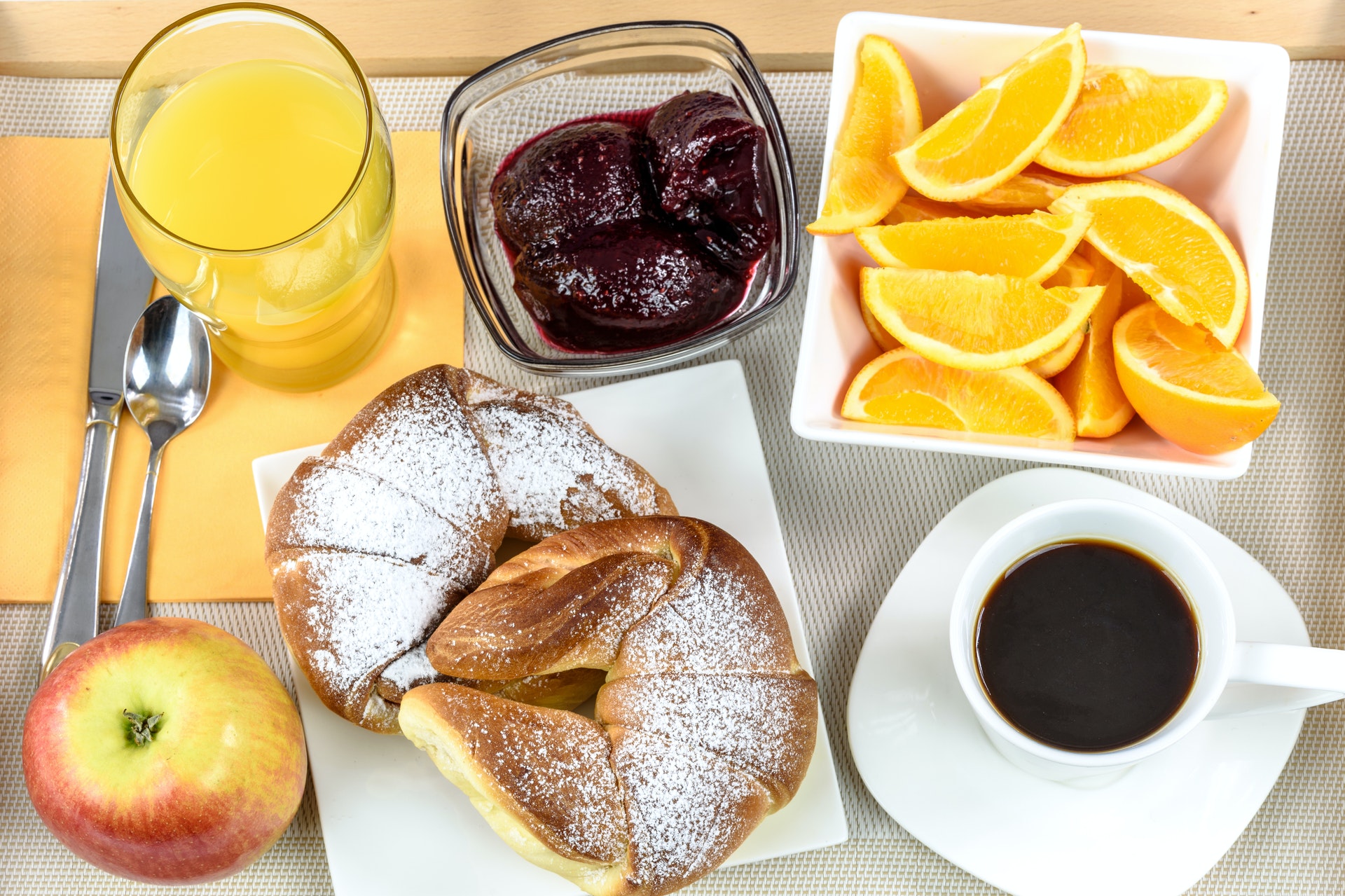Make homemade marmalade from scratch

I have been researching how to make marmalade using Seville oranges. In the past I have had all the kit:- the 8.5l ‘Maslin’ pan, thermometers, skimmer and scrubbing pads (!) but I ditched them as I couldn’t face anymore standing over a pan stirring all day long or the washing up if the sugar caught on the bottom and burnt the pan. (Yuk – hate scrubbing burnt pans!)
How do you make great marmalade?
I have been doing online research, and from reading Delia Smiths recipe for making Seville Orange Marmalade, for example, although it is useful to understand where I was going wrong using traditional cooking equipment, I will never return to my old ways and I don’t regret for a minute, donating my equipment to my local hospice.
I also would recommend this book: ‘Making preserves by Atkinson and Mayhew’ as a comprehensive guide to on preserve making. (It really is a great bible for jam, jellies, chutneys and pickles.
What is marmalade?
Marmalade falls between a jam and a jelly. It is traditionally eaten at breakfast time and is usually made from a citrus fruit such as orange, lemon & grapefruit. It can range from sweet versions with fine shred suspended in a jelly or a stronger, more tart version – such as ‘Oxford Marmalade’ which is more bitter with chunkier pieces of peel in it.
Which orange variety is used for marmalade?
Traditionally it is made in January / February time when Seville oranges are in season. This orange is the recommended variety as it is high in pectin and quite tart so it produces quite a lively taste however sweeter oranges can also be used but it will give you a more sugary flavour.
How long can homemade marmalade last?
Well, if you have successfully killed all the microbes when preparing the marmalade and jar, so it has been bottled correctly then a shelf life of a year or more is quite possible.
What variations on the theme of marmalade can you make?

- Whiskey marmalade (This was a marvelous pick-me-up after a Burns night in Scotland)
- Orange and Campari (Italy – here I come!)
- St Clements marmalade (oranges and lemons)
- Grapefruit marmalade
- Lime and ginger marmalade
- Orange and coriander (A really warming combination)
- Pumpkin
- Tangerine
- Pineapple
Tips for making marmalade:
- Safety first – getting a burn from sugar is one of the worst burns you can get as it sticks to the skin. Use gloves and wait until the liquids have stopped bubbling when you handle them.
- Wash the fruit in hot water to remove wax coating.
- Sterilize jars and bottles by heating in oven @110 ˚C for 30 mins., boiling them in a saucepan on the hob, microwave, steamer and dishwasher can all be used to kill all nasties which would spoil your work.
- Use a jam funnel when you pour out the contents to prevent spills and safety!
- Use waxed discs and cellophane covers over marmalade (but do this to seal when still hot or cold – if you do it when only warm then you can get mold growing underneath)
- Store all produce out of direct sunlight.
Making Marmalade in a Thermomix TM6
I have found on Cookidoo a number of recipes but my favourite is the Seville Orange Marmalade. I have cooked it on a number of but I really like the way you use the Varoma to steam the fruit and then decant it. It seems easier than peeling oranges when they are hard and then cooking them.
Here is my way of cooking Seville Orange marmalade in a Thermomix (see video on YouTube for more details)
If you want more details about buying one from an accredited advisor contact me using this

Seville Marmalade - steamed in a Thermomix
Equipment
- Thermomix TM6
Ingredients
- 750 g tap water
- 1 box Seville Oranges (apx 1000g)
- 1 lemon
- 800 g Jam sugar
- 1 tsp pectin
Instructions
- 750g water in mixing bowl. Put lid on but remove cap, put Varoma dish on top. Stack oranges and lemon in Varoma dish (leaving space for steam to circulate then steam 40 min/Varoma/speed 1.
- Set aside fruit in Varoma and let cool for 20-30 minutes. Retain steaming water in mixing bowl.
- Cut fruit in half and scoop out the flesh, pips and pith then put into mixing bowl. Set skins aside to dry out. Replace measuring cup with simmering basket then cook 15 min/Varoma/speed 1. (Watch this part closely to prevent overspill). Reduce temperature to 100°C if liquid bubbles up onto the lid.
- Strain liquid through simmering basket into a jug, pushing as much liquid and pulp through with spatula. Discard pips and residue left behind (or reuse in an orange jelly)
- Chop all the peel into slim or chunky sizes according to preference
- Return reserved fruit pulp mixture into mixing bowl, weigh and bring the liquid up to 700 g with water
- Add sugar, pectin and reserved chopped peel then place simmering basket instead of measuring cup on mixing bowl lid. Cook 12 min/Varoma/speed 1. (watch this closely incase it bubbles over the lid). Cook again 40 min/100°C/speed 2. Meanwhile, towards the end of cooking time, place a saucer in freezer for setting point test.
- Test setting point of marmalade using a frozen plate to rapidly cool liquid and test for viscosity, then leave to cool for 10 minutes. Pour into warm, sterilised jars and seal with waxed labels. Label before storing in a cool, dry place. Once opened, store in fridge.
